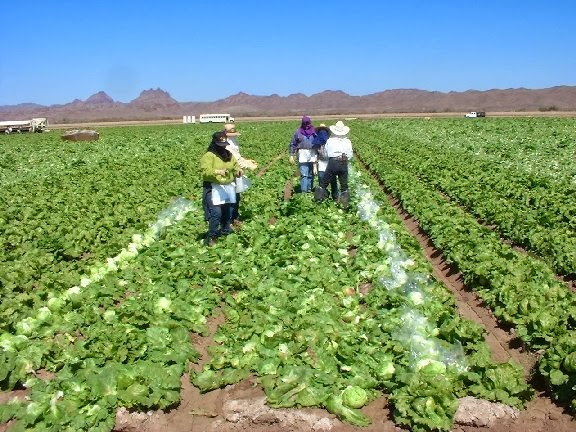Amazing!
Just a couple of pictures to show how things are going here in SUNNY (for a change) Duncan.
* * *
Hanging basket, look closely at the blue pansy at top right - do you see what I see?
Something we don't often notice - a white spider and what amazed us was that it had captured
a bee & killed it!
The potatoes are gone, as mentioned previously they were volunteers...and they were tasty!
I think we got about 2 or 3 kg from the 3 or so plants.
As you can see, the squash plants are doing well.
The main squash plant that is producing the most greenery (and has some squash forming nicely)
is located in the corner of the raised bed on the right next to the greenhouse. And YES, it is doing a great job of taking over everything! It went across the 5 foot raised bed, up the 8 foot plank, and is now busy trying to smother the greenhouse! On top of the greenhouse there are 2 or 3 shoots that are setting fruit and it is STILL GROWING! I think it has grown at least a foot in the last 2 days and I have had to cut the ends off some of the side shoots off the main vine or it would be a huge mess. To the left of this vine (Sweetmeat Squash) is another squash plant which is probably about 3' or 4' from the Sweetmeat and it is something new to us - it is called "Gold Nugget" and is supposed to have fruit about 1 to 1 1/2 pounds, orange flesh, round, good keeper. In the center of the support for the scarlet runner beans is a second Gold Nugget. The Gold Nugget variety does not set vines but instead it grows "bush style" much like a zucchini. (I hope to heck it has more flavour than a zucchini!) This type squash might be better to grow as it takes less room and is not trying to take over the whole garden like the Sweetmeat does.
As shown in last year's blogs, the sweetmeat can go to 10 or so pounds which is a lot of squash for 2 people! To take care of the big squash Janet cooks it and freezes it. We will keep you posted as to what the new variety is like and how well it keeps and what it tastes like.
* * *
The rest of our garden is doing quite well. The strawberries produced a good crop but are done for the season now and I have to thin out the plants as there were too many crowded together which meant a lot of berries spoiled. I am also starting some runners from the strawberry plants I have in the greenhouse as they are "everbearing" and I think having plants that produce fewer berries over a longer period of time might be just what we need rather than a big crop all at once. We made strawberry jam this year and now we have enough jam (blackberry, raspberry, plum) to last us for many years! And in addition to jam, we have a load of raspberry and blackberry jelly.
The raspberry patch is choked up with new and old canes. I have lost count of how many raspberry shoots/runners that I have given away this year already. Actually I just gave up trying to keep count after I hit 60 or 70!!! They got snapped up quickly after being offered on "Cowichan Freecycle" - lots of happy people got plants.
Inside the greenhouse, a few changes have taken place. There were 8 or 10 raspberry shoots that went under the wall of the raised beds and came up in the greenhouse then grew up to the roof and wanted to keep going. I topped and kept 2 canes in there just to see what they would do and gave the others away. One support for peas has been taken out and may find itself in one of the outside raised beds. The lettuce didn't even bother to form heads - some of the butter crunch looks more like Romaine lettuce. Too much nitrogen in the soil that we purchased to fill the raised beds is making the plants grow like mad but they are not what you really want. Our tomato plants are up to the roof and topped, some tomatoes on the are nearly the size of a tennis ball already so we are waiting for some nice tasty fruit instead of the "store bought" imitations.
Our cylinder beets are doing well with some showing roots as thick as a broomstick and doing well as far as length is concerned. We use cylinder beets as they can develop without each beet taking up much room and they make nice even size slices for pickled beets (which all the family loves).
The carrots are growing nicely but it will be a while before there is anything there to taste but we have been eating green beans on a regular basis. The variety I tried this year doesn't seem to be producing quite as well as the purple ones we usually grow. Guess we will change back next year. Speaking of beans, the scarlet runner beans are already past the 6' mark so I am trying to train them on horizontal strings up in the air which makes picking much easier. We used to do that when we had a 6' high fence around our swimming pool when we lived in Cowichan Bay and it sure was nice to walk along and pick all the beans that were hanging there in front of you instead of having to fight your way through the foliage to find them.
* * *
Till next time -
Happy Gardening!
GG





















































